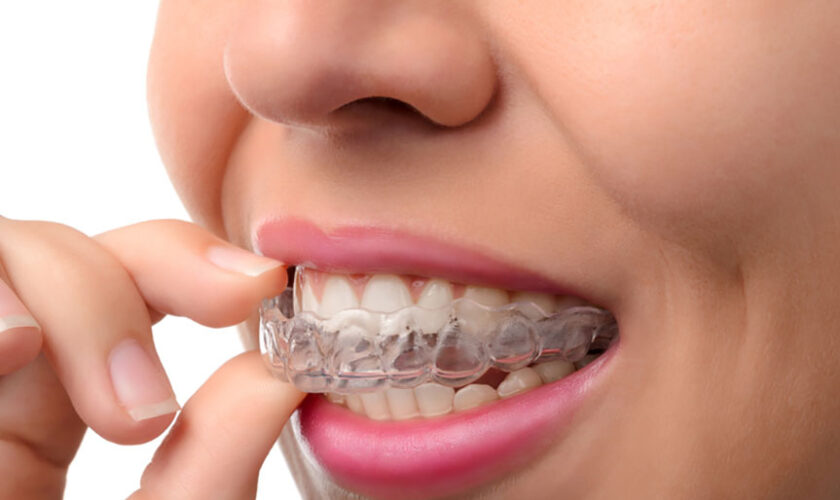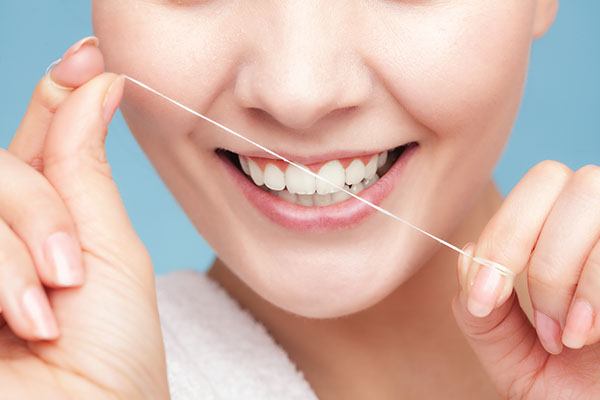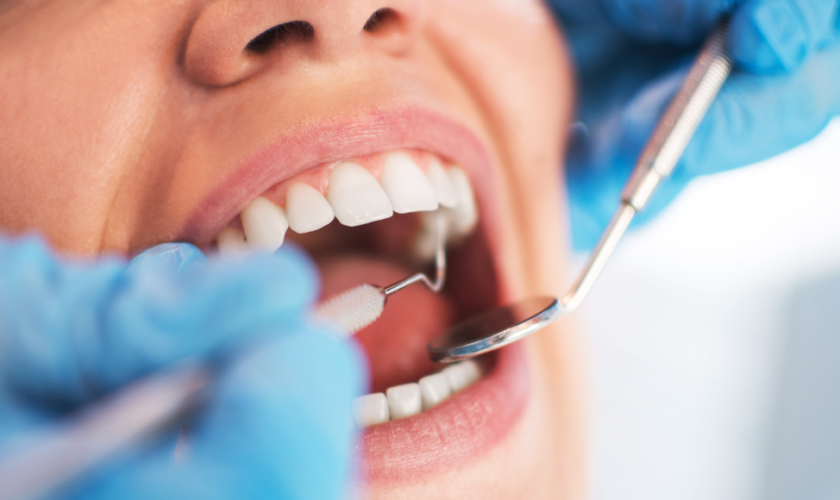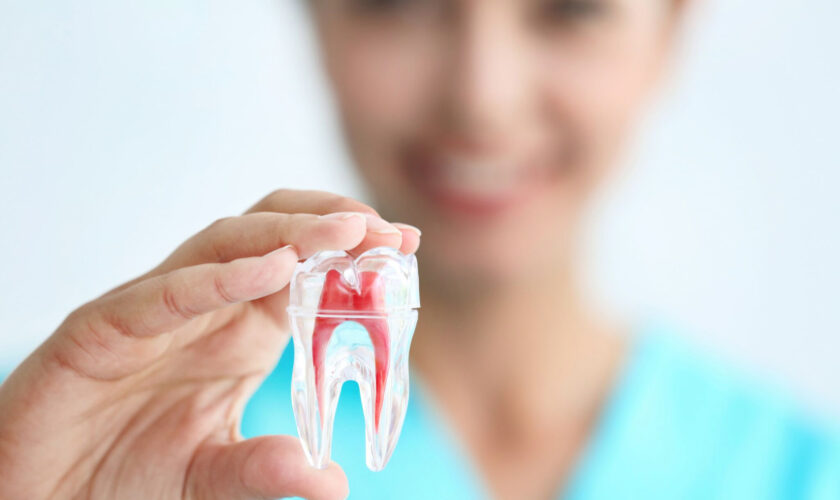What is Vital Wrist Ball?
The Vital Wrist Ball is a palm-sized exercise device that uses gyroscopic resistance to challenge and strengthen your hands, wrists, and forearms. If you’ve never played around with a gyroscope before, imagine this: inside the ball is a rotor that spins rapidly as you rotate your hand. The faster the rotor spins, the more resistance it creates, almost like a mini force-pulling workout for your grip. The brilliant part is that you control the resistance entirely by how you move your wrist. There are no batteries or motors—just pure physics and momentum. That means it’s simple, low-maintenance, and effective. Unlike dumbbells where you add more weight to progress, the Vital Wrist Ball scales in difficulty by how fast you can get it spinning. For someone like me who spends 8–10 hours a day typing, this is a lifesaver. Traditional workouts at the gym rarely target the smaller muscles in the hands and wrists. The Vital Wrist Ball focuses exactly on that neglected area, giving my desk-weary joints and tendons a dynamic workout.Why Office Workers Need It
Let’s be honest: office life sounds cushy to people who don’t do it, but it takes a surprising toll on the body. My shoulders slump, my back aches from long hours of sitting, and the constant strain in my wrists makes me worry about serious long-term issues. If you’ve ever woken up with numb fingers or a stiff wrist after a long workday, you know exactly what I mean. The repetitive movements from typing and using a mouse put a lot of stress on tendons and nerves. Even texting on a phone can add to the strain. Long term, this can lead to repetitive strain injuries (RSI), carpal tunnel syndrome, or weakened grip strength. That’s where the Vital Wrist Ball has been incredibly helpful. I can sneak in 5-minute sessions during breaks, or spin it while I read an email or brainstorm ideas. It’s discreet, doesn’t disturb coworkers, and gives me noticeable relief. My forearms feel looser, my grip strength has improved, and the dull aches I used to feel at night have decreased.My Experience Using Vital Wrist Ball
The first time I picked up the Vital Wrist Ball, I fumbled a little trying to figure it out. You have to start spinning the rotor with your thumb or a pull cord, then rotate your wrist with a smooth motion to keep the ball’s momentum. It feels tricky at first, but within minutes I was getting the hang of it. Once it starts spinning strongly, you immediately feel the resistance push back against your wrist rotation. It creates a deep burn in the forearm muscles that you just don’t get from regular exercises. It’s not painful—just that satisfying muscular fatigue that tells you you’re working areas that have been neglected. After my first full week of use—just a few minutes daily—I noticed several benefits:- My typing speed actually improved because my fingers and wrists felt stronger and looser.
- The tingling sensation I sometimes got in my hands after using a mouse all day completely disappeared.
- My grip on everyday tasks, like carrying grocery bags or opening jars, felt noticeably stronger.
- Even stress relief improved—it’s oddly meditative to hear the soft whir of the gyroscope and focus on the smooth wrist motion.
Advantages of Vital Wrist Ball
Compact and Portable
Unlike larger exercise gear, this device fits right in your desk drawer or backpack. I’ve even used it on business trips when stuck in hotel rooms.Adjustable Resistance
It automatically adapts to your effort level. Beginners can keep it slow and steady, while more advanced users can push for a high-intensity forearm burn.Versatility
It’s not only for office workers—it’s great for athletes, musicians, gamers, or anyone wanting stronger hands and wrists. Golfers, tennis players, and even drummers use tools like this to keep their wrists fluid and strong.Injury Prevention and Recovery
If you’ve had wrist pain before, using this can help improve circulation and tendon strength over time. It’s often recommended for rehab after light injuries (though I’d consult a doctor before using it post-injury).Tips for Using Vital Wrist Ball
From my experience, here are some tips for getting the most out of it:- Start with short 1–2 minute sessions if you’re new. Don’t overdo it, as the burn sneaks up faster than you expect.
- Use both hands—even if your dominant hand is stronger, balancing it out helps prevent future imbalances.
- Try mixing speeds—slow controlled spins for smooth endurance, or fast bursts for powerful grip training.
- Keep it at your desk so you remember to use it. It’s easy to skip if you stash it somewhere you rarely look.









